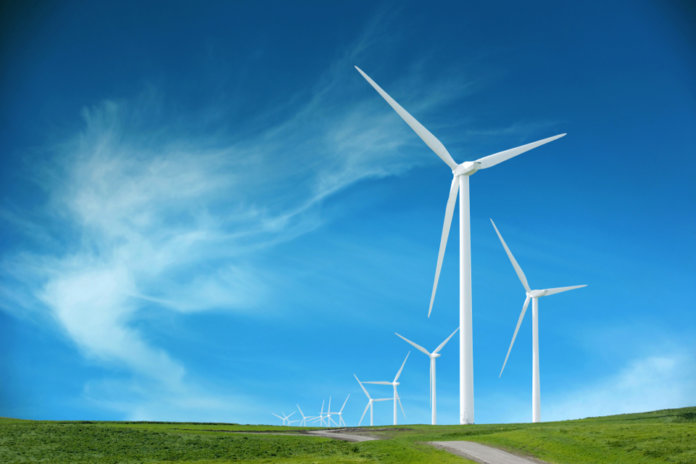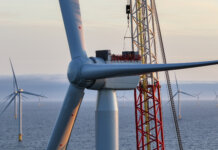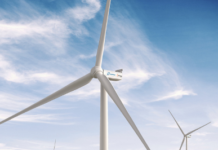A sustained decline in the overall costs of wind turbines, as well as ambitious national- and regional-level renewable energy targets, has driven new onshore wind installation capacity to 54.2 GW in 2019, an increase of 17% compared to 2018. The global market is forecast to add an average onshore wind capacity of 54.28 GW annually through 2025, with cumulative installations expected to reach 954.47 GW in 2025.
“Emerging technologies such as 5G, edge computing, augmented and virtual reality (AR, VR) and advanced lightweight composite materials are creating additional revenue opportunities for wind industry participants,” says Swagath Navin Manohar, research manager at Frost & Sullivan.
“Innovations like LiDAR, digital twin, additive manufacturing, radar and drones are expected to phase out manual inspections of wind turbines and ultimately help participants deliver greater process and cost efficiencies to utilities, independent power producers (IPPs) and wind farm owners,” adds Manohar.
Frost & Sullivan’s recent analysis, Growth Opportunities in the Global Onshore Wind Turbine Market, Forecast to 2025, presents the key drivers and restraints influencing the global and regional wind markets. It analyzes the competitive landscape and identifies the geographical hotspots for the next five to 10 years. It covers the regions of North America, Europe, Asia-Pacific, Latin America, India, China, the Middle East and Africa.
For more information on Frost & Sullivan’s recent analysis, click here.




